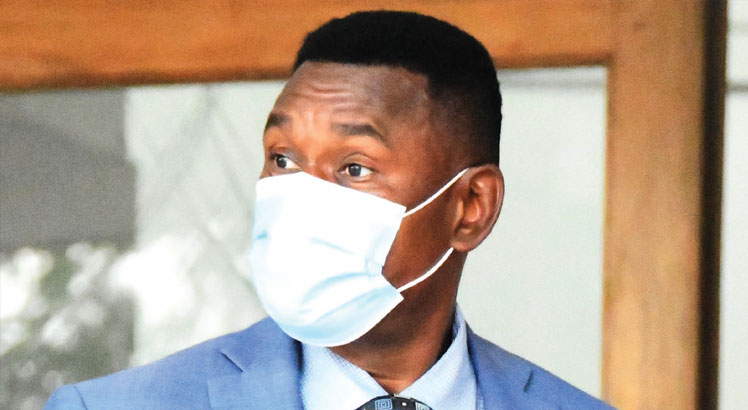South, North teams fail Super League test in five seasons

Karonga United and Chikwawa United’s relegation from the 2014 TNM Super League is testimony of falling standards of lower league football in the North and the South.
The relegation has jolted the regions’ associations into action as for five consecutive seasons, promoted teams from these regions have barely withstood the Super League heat.
In the period under review, promoted teams from the Central Region Football Association (CRFA) have in all but one season survived in the top flight league.
The CRFA now boast seven teams Silver Strikers, Epac, Civo United, Blue Eagles, Mafco, Airborne Rangers (promoted this season) and Kamuzu Barracks, only Moyale Barracks represent the North whereas the South has Big Bullets, Mighty Wanderers, Azam Tigers and Red Lions.
This season was the first time in three years for an established club in the South to join rookies in being demoted to the second-tier league.
Southern Region Football Association (SRFA) chairperson Raphael Humba has since announced drastic changes in coaching and financial support to Premier Division champions from next season to ensure they enter the Super League fully prepared.
“Our teams get relegated as our season ends late and they only rest for two weeks before joining the Super League. Our champions also prepare as an individual team instead of all of us joining hands. This will not happen again under my leadership. We will do it collectively addressing financial, technical and human resource challenges,” said Humba.
SRFA, which has teams such as FC Surestream Academy and Max Bullets among promotion candidates, has set February 8 2014 as cut-off point to end the season. The Super League seasons usually start in April.
“To also improve our standards, from next season we will not entertain non-FAM C licence holders. Premier Division teams compete for promotion and we must set the standards,” Humba explained.
The Super League was born in 1986 with eight teams. Then, the South had most, five, clubs with the rest coming from the Central Region. Now, there is a reversal; a development that worries Northern Region Football Association (NRFA) general secretary Alfred Gunda.
“It is disheartening that this happens every season. It seems teams do not do their home-work on preparations. They are also too much into using recycled players and also there is an issue about game bonuses which affects newly promoted teams,” Gunda noted while vowing to help this season’s champions in resource mobilisation.
CRFA general secretary Bernard Harawa said their three-tier structure of the league gives it an advantage over other leagues. The North and South only have premier and division one teams.
“We have been ridiculed that our league is too big, but we are developing players from an early age. They play in division two, then division one and premier division. By the time they go to the Super League, they are ready,” Harawa explained.
Sulom regulations relegate three bottom teams at the end of a season to be replaced by regional champions.
On Thursday, Sulom president Innocent Bottoman said the relegation trend shows that teams without sponsorship get the boot most often, so the challenge for Northern and Southern regions’ newly promoted teams is to pool financial resources. n





